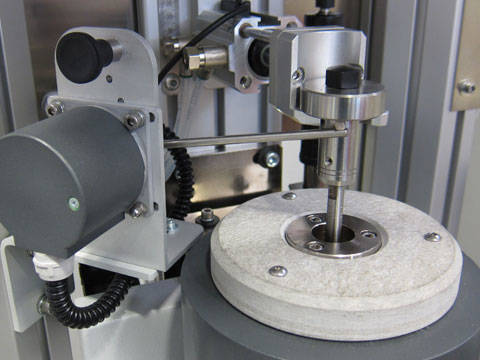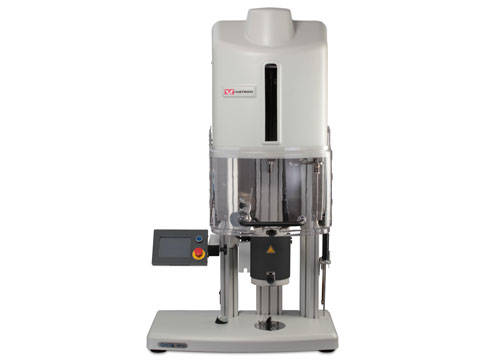ASTM D1238 defines the method to measure the rate of extrusion of molten thermoplastics using a Melt Flow Tester. The sample is extruded through a die with specified dimensions under prescribed conditions of temperature and load. For materials with melt flow rate (MFR) greater than 10 g/10 min, the standard specifies the use of a support for test masses – and if needed for the piston, too – in order to prevent the piston from travelling during the pre-heat period. The goal is to ensure that enough sample is left for the measuring phase and that measurements can start at the correct distance from the die at the right time.
We were asked to test high fluidity samples of PP (polypropylene) and PA (nylon) having an MFR higher than 50 g/10 min. This required significant care and adjustments of the test method in order to achieve reproducible results with a basic melt flow tester. So, we performed the tests on a semi-automatic CEAST MF50 tester, equipped with a piston holding device. This feature consists of a retractable piston support that removes any load from the sample and prevents the piston from unwanted travelling during pre-heat period. The device is based on a pneumatic cylinder with a fork-shaped support that is automatically activated according to the test method settings. The operator is able to manually adjust the piston resting position before starting the test. Using the MF50, we tested the samples and easily obtained the desired starting position for measurements, together with a predictable starting time in the range specified within the standard.

